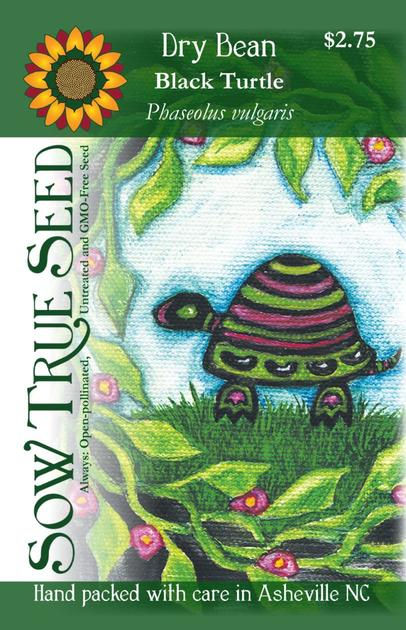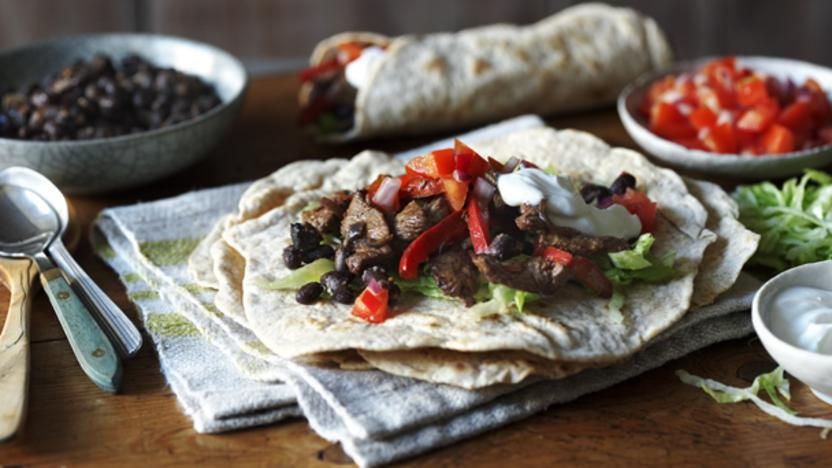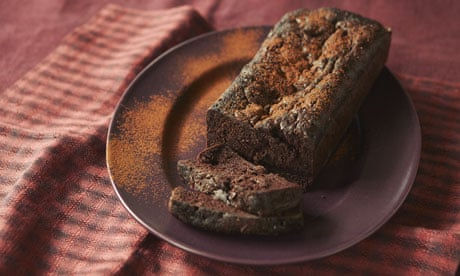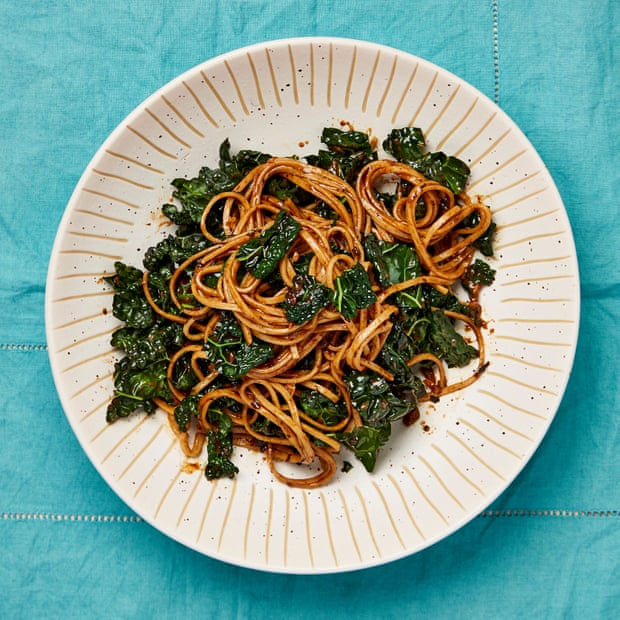Black turtle beans - an impulse buy
- rosemarydearman1
- Jun 5, 2019
- 5 min read
"They are tiny, salty, umami bombs that, like many of the best ingredients, are an instant short cut to delicious flavour."
Meera Sodha - The Guardian

This is one of those posts that started with a half-hearted idea and became somewhat more interesting as I went on and eventually led me to think I should try something new - although, as usual, I probably won't.
Recently on an impulse I bought this bag of black turtle beans from Aldi and this tin of black beans from either Coles or Woolworths.
I'm not sure now why I was so compelled to buy them. Particularly the dried ones in the packet. On the whole I have stopped buying dried beans and pulses, other than lentils, because it's such a process to cook them. Even the enthusiasts admit that it's a bit of a bother after all.
Quick aside. I thought the Aldi bought ones might be Aldi produced. But no they come from a company called HBC Trading, based in Sydney that imports all manner of specialised gourmet foods from around the world. Not surprisingly because of the current foodie trend, their business seems to be booming.

But back to dried beans and the bother of cooking them from scratch.
"Not only are dried beans less expensive than canned, but they are also measurably more delicious after they're cooked. Turning a rock-hard little nugget into a silky, satisfying stew, however, does take some effort, and, most of all, time." The Spruce Eats
Nevertheless I did somehow feel compelled to buy them. I came across them the other day in my 'overflow' pantry drawer. The tin is tucked away on one of my pantry shelves. I do like to have tins of beans in my pantry, but mostly, I confess I use either cannelloni beans or chick peas. They are so useful for making a quick dip or adding to a soup or stew for bulk. I really should do it more as I know that they are really, really good for you. The world's top or near top healthy food I believe. I don't know now whether it was the colour, the size or that name 'turtle' that got me. I mean the packet is not particularly striking - and I do know that I am a bit of a sucker for packaging. Isn't it interesting to contemplate the reasons why we buy particular things?

I mean 'turtle' - why would that be a hook to get me to buy? Maybe it's a long ago association with the tortoise and the hare fable, maybe the sound of the word is somehow attractive. Who knows? But as an aside I did find this rather attractive and cute seed packet whilst I was researching all of this. I just love it. It has no link to this article really but I couldn't resist it.

The only possible link is that I don't think that black turtle beans are grown much commercially here in Australia, but there is lots of Australian advice on growing them, so obviously you can grow them. Maybe I should plant some of the beans from my packet of dried ones. It might work. From the pictures I found it seems that you semi dry them on the plant, which looks like most bean plants.
So whilst we are on dried as opposed to canned take a look at The Spruce Eats which tells you how to cook them. I think other sites suggested soaking them overnight, and also adding things like bay leaves. The main things seemed to be to not add salt in the cooking process as this will toughen them. A pre-soaking seems like a good idea to me. It just requires forethought.
So where do they come from and what can we do with them? Well South America obviously - and it seems to be the northern parts of South and Middle America in particular. Nowadays, of course, you can get them all over the world. China grows a lot and I saw one article refer to them as Chinese black beans. The Punjab in India has also taken to them with gusto. But Cuba, Venezuela, Brazil and all those middle America states seemed to be the ones referred to most. There are lots of recipes for Mexican kind of things like burritos and tortillas, and chilli.

The BBC has a Burritos recipe and Rick Stein has a tortilla recipe with sardines (see below). And if you do a search on recipes for black beans you will find dozens for this kind of thing.

But I did try to find some slightly different things that you could do with them, and found a couple. The most unusual was a cake - yes a cake - Black bean chocolate cake. I'm tempted to think it might be a bit stodgy but you never know. And really I don't expect anyone to try it, but I offer it as an example of how people often try things that are completely out of the box. It's from the Guardian's Yuki Sigiura.


Then Felicity Cloake also has a go with a Vegan bean burger and Meera Sodha offers a Chinese noodle dish - Burnt garlic, cavolo nero and black bean noodles

Several of these are touted as vegan dishes because the black bean is much beloved by vegans in particular and vegetarians in general. Because, of course it is so nutritious. The only thing I sort of remembered from everything I read was that it had a lot of anthocyanin which is an anti-oxidant. But if you really want to know all about the health benefits then go to this site - The World's Healthiest Food which gave an amazingly comprehensive rundown on the subject. Now I have no idea whether this is a reputable site or not, but it was definitely very impressive sounding.
So a new kind of bean to try perhaps. I'll try with the tinned version first. One site said that the tinned beans were sweet and yucky, but that was an English site. I don't know that Edgell's add a lot of other stuff to their beans. I must check the label. And then I guess it would be interesting to compare with some made from scratch as it were.
But I have to say they are rather pretty.

POSTSCRIPT: I hadn't realised when I wrote this that the Chinese often used the black beans as a paste rather than the beans. And indeed the noodle recipe above uses this paste, not the beans themselves. I really should read things more carefully. And I will write about black bean paste another time. It's obviously a somewhat different thing, and most of the Asian style recipes including black beans would be using the paste not the beans. Except the Indians. Who are into pulses as we know.




















Comments